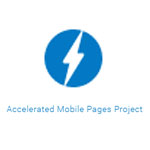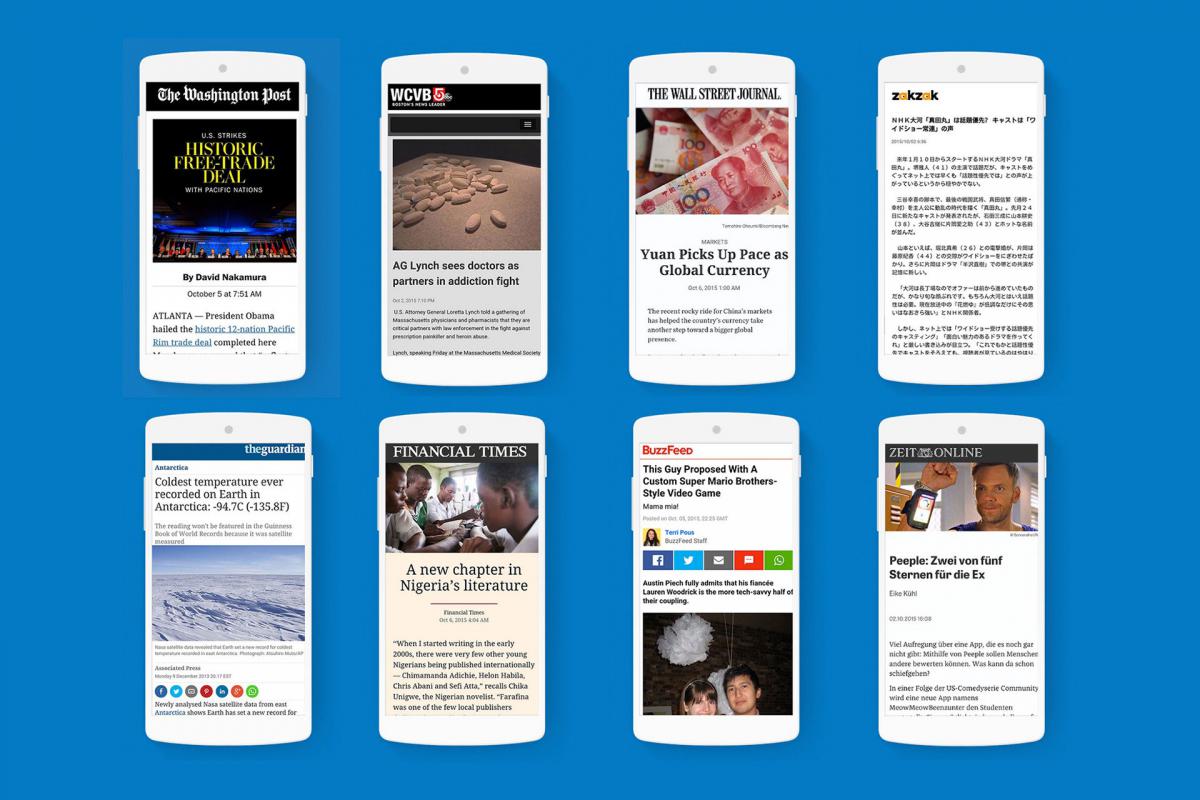 At the end of 2015, Google began testing a way to make web pages load faster on mobile devices. Google calls the feature as Accelerated Mobile Pages (AMP), and it's having its formal implementation on February 24th, 2016.
At the end of 2015, Google began testing a way to make web pages load faster on mobile devices. Google calls the feature as Accelerated Mobile Pages (AMP), and it's having its formal implementation on February 24th, 2016.
AMP is Google's way to speed up the mobile web pages. AMP pages are specially designed pages that are both lightweight and less-intrusive. When mobile users are on-the-go and want information fast, this is Google's answer to the Facebook's Instant Articles and Apple's News. The major difference here is the code is open source.
The project backed by the search giant has gained numerous supports from publishers, platforms like Twitter, analytics tools, as well as advertising networks and platforms.
Since this is Google's efforts to help content publishers make faster-loading sites and stop mobile users having to wait around for pages to load, this should benefit everyone who is using it. The search giant said that in tests, AMP pages loaded 85 percent faster than regular web pages.
Google's AMP may come to a rise when mobile users are accessing Google more than often, more than they were before, especially on mobile devices. Publishers may have used Facebook Instant Articles and Apple's News, but to edge their content distribution, Google still plays a massive role in their publishing effort: Google still is the primary source of web traffic to most websites.
Some publishers even go to an extent to re-code all of their articles to meet AMP because they see it to have the potential to replace all their existing traffic.
Cards As Carousel As Priority
Websites that have AMP's code implemented, are now marked by Google. They will appear on its mobile search results pages in a carousel. These pages will load faster because Google won't bog them down waiting for ads and background "clutters" to load. Instead, Google will load a light version of the website to come up.
And if a news topic doesn't have enough articles to warrant a carousel, AMP articles will be displayed in the general list of stories.
The carousel homes small cards with the publisher's logo and name, story headline, image and the time it was published. AMP websites will have a dedicated green circle and a lightning bolt adjacent to the word "AMP".
For the most part, all stories feature in the carousel are from AMP-enabled sites.
When users visit an AMP-enabled page, at the very top of the screen will show a blue bar that has a back button, the site's URL, and an indicator of how many other stories there are in the carousel. Users can swipe between the pages to see different stories.
When switching from one story/page/news to the next, AMP pages have a noticeable faster speed. Those sites are minimalistic in design with some forgo navigation elements. AMP pages, just like normal pages, support videos, embeds, images and some other multimedia interface. To keep things short and fast, AMP keeps most part of the original web design.
Publishers like the BBC, USA Today, The Atlantic, and ABC are among the firsts to have their own AMP versions of their site.

Initially, there were concerns from publishers that its way of bringing web pages to load faster, AMP will strip down some parts of the page and design elements making a brand's distinct appeal to lessen. But as an open-source, AMP can be used by publishers, and they can adapt the elements they want on their AMP pages. So here, publishers can recreate their popular pages while keeping the old ones intact.
With AMP, publishers are expected to keep a separate HTML page available. Those pages must also be built to Google's specifications and requirements, making building and maintenance a bit of a chore.
This of course is work and resource-intensive. But to the added benefits and potential, publishers should have a better gain in readership and ad revenue with AMP's faster loading pages.
AMP's official launch was set on February 24th. But Google apparently launched the project earlier; quietly and without any great fanfare.
Publishers - Tech Industry > Users - Ad Blockers
Apart from social media networks, Google still plays an important role in referring web traffic to most websites in the world. The internet giant thrives as more people use the web and more people are seeing its ads. But to some extent, ad blocking is publishers, and Google's enemy. And to them, they're everywhere.
While its popularity won't go away anytime soon, ad blockers have been "helping" web visitors to see free-ads web pages. To many visitors, ads just slow down pages, and no one is liking them.
In order to keep users seeings ads, and to make them keep clicking, both Facebook and Apple have been hosting contents on behalf of their original publishers. While this sounds odd, this is really the new reality for publishers to keep ad blockers away from their visitors.
Publishers and news websites are struggling to monetize free content, and have been adding on ad trackers, media and third-party scripts.
Google's AMP project is something that literally comes next to the already existing. The project uses a new framework called the AMP HTML to build lightweight web pages. Added with the benefit of Google's existing caching infrastructure, those pages are faster to load.
In many ways, Google's AMP, along with Facebook’s Instant Articles and Apple's News, will have a huge impact on the future of media and content. If they ever be ubiquitous, end-users are the ones who will benefit the most.
Further reading: Google Has The Web, Facebook Has The App, Apple Has the Device. How Will This Affect Small Businesses?